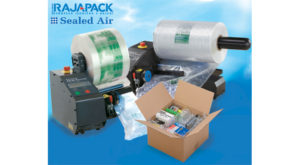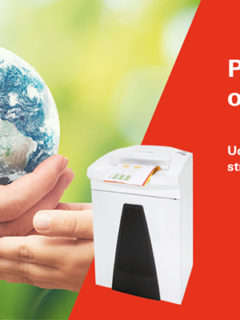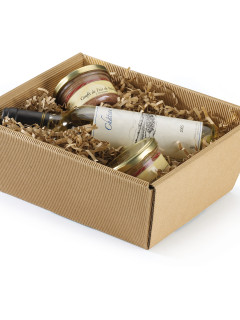We are now facing rising prices in all areas of life and business. This situation has not escaped the packaging industry, logistics and e-commerce. This also increases the pressure to reduce operating costs. This can be achieved by automating operations and reducing transport costs by optimising the volumetric weight of shipments. Appropriately selected packaging can save companies up to 15% in shipping costs.
According to RAJA’ s research, there are increasing demands to reduce the amount of packaging materials. “The main priorities of our customers are ecology, safety and, in view of ever-increasing inflation, also cost reduction,” says Gabriela Fabianová, RAJA’s country manager. “Transport is becoming more and more expensive and as a result significantly reduces profitability. Many retailers do not realise that costs can be reduced by choosing the right type of packaging and choice of filling material,” she adds.
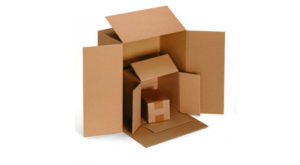
Reducing costs by automating the packaging process
There are machines on the market that allow the production of customised packaging. These reduce the consumption of packaging material in particular. Filling machines also speed up the packaging process. In addition, optimal packaging technology and packaging machines will increase the efficiency and productivity of the packaging process. A great help is, for example, a paper filler machine, which folds the paper in a specific process, saving approximately 15% of the material, while efficiently filling the same space. Air cushion filling machines also save overall costs. Air cushions save weight, but also material consumption – 90% of the filler is made up of air. The cushions can be plastic, paper or starch-based and thus compostable.
Reduce transport costs by reducing the bulk weight of shipments
Bulk weight represents the density of a package, which is the amount of space a package takes up in relation to its actual weight. Thus, transporting 20 kilograms of feathers can be more expensive than transporting 20 kilograms of iron. Properly chosen packaging, to fit on a pallet or in a truck, can reduce shipping costs by up to 10%.
The volumetric weight is calculated according to the dimensions of the package: width x length x height / 5000. The result gives the volumetric weight, which is compared to the actual weight of the package. This is what higher carriers charge. The optimum bulk weight is therefore the weight that is closest to the real weight. It is therefore always advisable to reach for a package that matches the size and needs of the goods being packed.
Tailor-made packaging is an environmentally friendly and economical solution
Instead of a one-size-fits-all packaging strategy, it is therefore worth trying individual packaging tailored to the products being transported. If the product range is truly diverse, the use of height-adjustable cartons or telescopic packaging suitable for flat products, for example, is the ideal solution. These are easily adapted to the size of the contents.
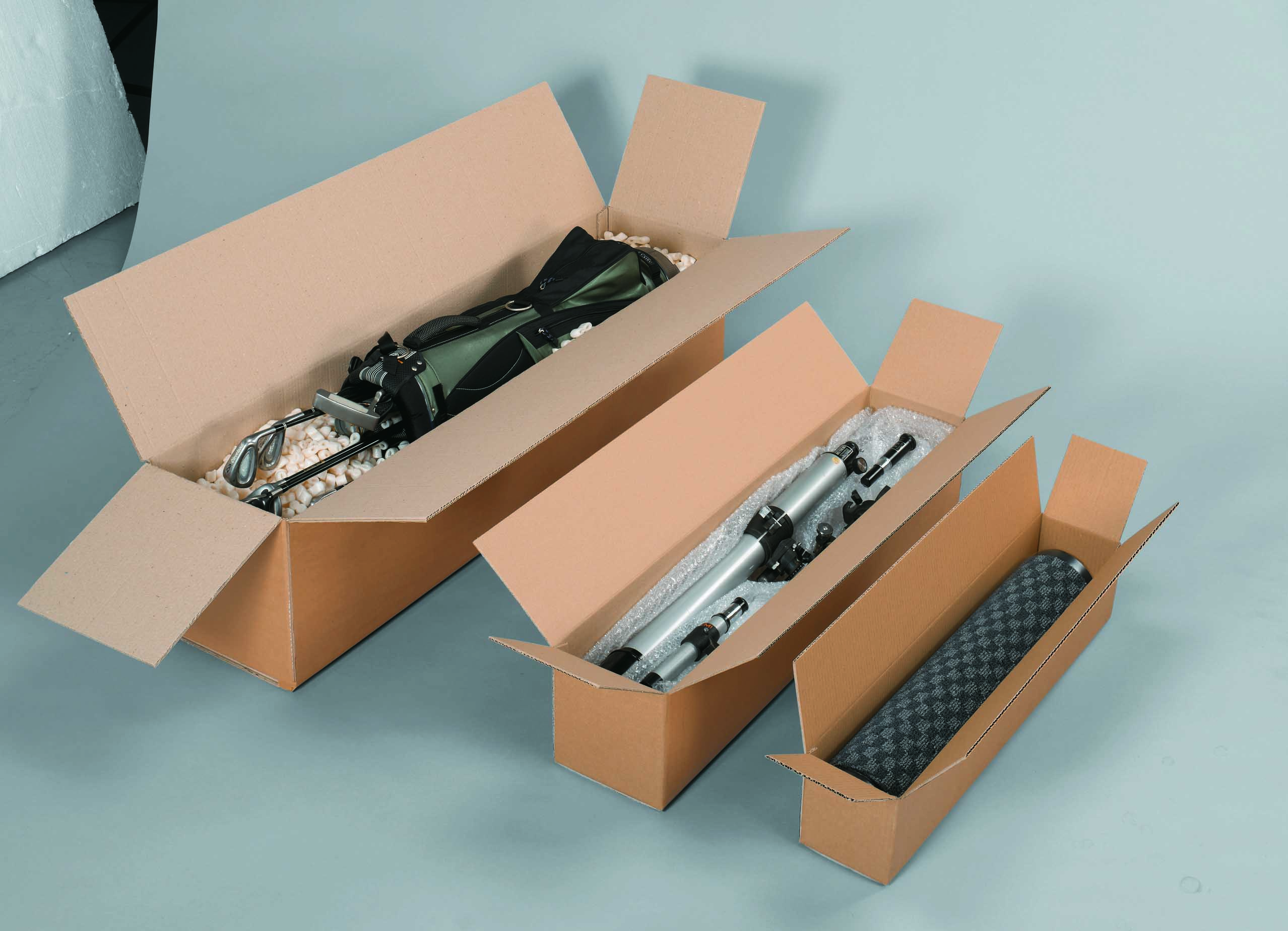
By optimising the packaging, savings can be made in the long run on all fronts. Many packages contain up to 40% empty space in the boxes that needs to be filled with something. Thus, a poorly chosen box size not only costs money, but also puts a strain on the environment. It takes up more space in transport vehicles and consumes too much material unnecessarily. It is therefore worth taking the bulk weight into account even if the transport company does not charge anything for the larger dimensions.
Reducing costs while maintaining packaging quality
According to RAJA, material costs represent on average 60 to 80% of total packaging costs. In some situations, savings can be made by choosing thinner-walled boxes that save some weight for the same volume. Here, however, it must be borne in mind that the overall strength of the packaging is also reduced. Reducing costs should not be at the expense of packaging quality, but through smart solutions. The price of packaging, for example, can be influenced by any of the following factors:
- the height and weight of the product
- packaging design
- packaging material
- the volume weight, or the space the product takes up during transport.











